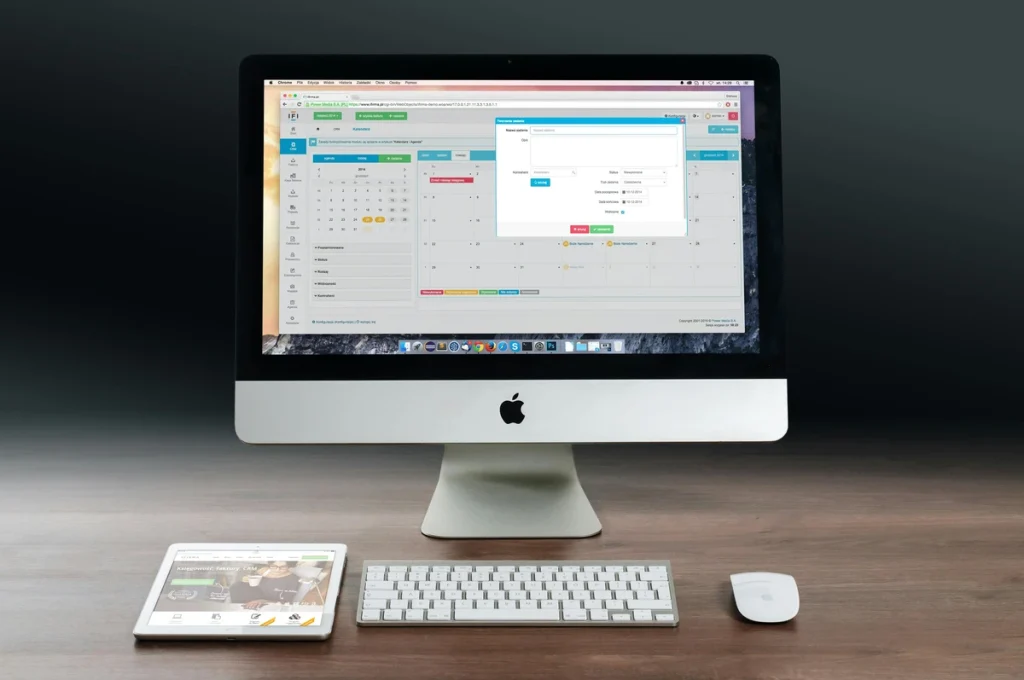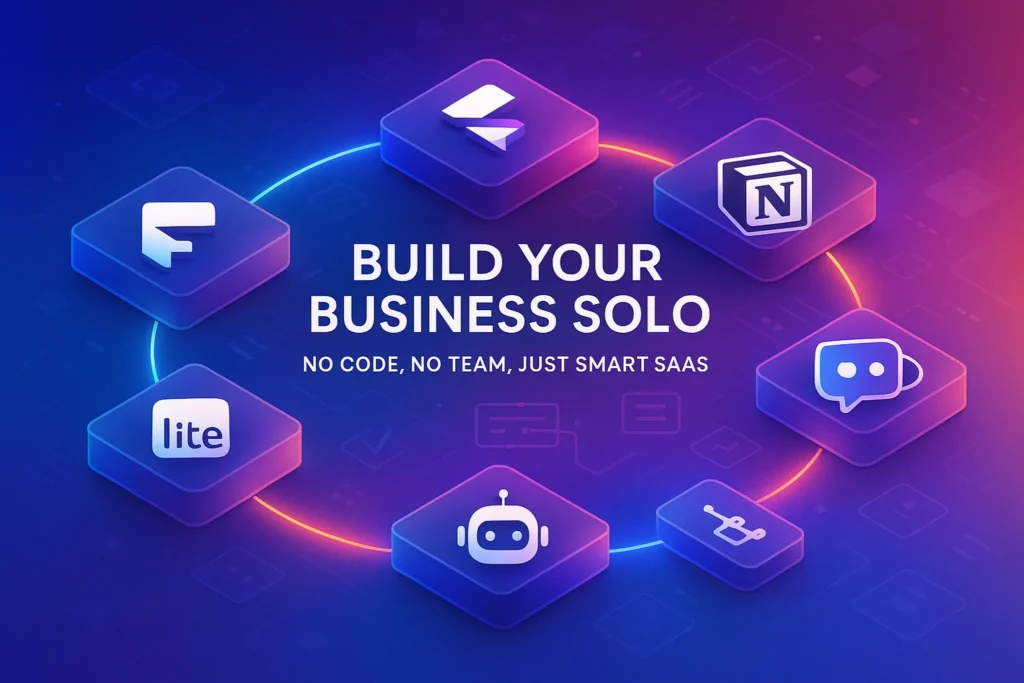Intro:
Shopify gives you the storefront; email automation turns it into a repeat-purchase engine. If you’re still sending one-off newsletters and crossing your fingers, you’re leaving money on the table—especially around abandoned carts, upsells, and customer lifecycle events like replenishment or VIP recognition. Think of email as the system that greets new subscribers, saves wobbly checkouts, and nudges happy buyers toward a second order without you lifting a finger.
Before we build flows, nail a simple strategy: collect consent early, tag intent, and send fewer—but smarter—emails. That mindset will carry you farther than any template pack. For a bigger landscape view of tools, our roundups 10 Best Email Marketing Tools and Best Email Marketing Software for Small Businesses can help you benchmark options and pricing philosophies without getting lost in features.
💬 If a message doesn’t serve the customer’s current stage, it’s noise. Start with stage, then write.
🧠 Why Shopify Stores Need Automation (Not Just Newsletters)
The path from first visit to second order is fragile. People get distracted, doubt sizing, forget discount codes, or simply close a tab mid-checkout. Automation flips the burden: instead of relying on your team to remember every follow-up, a flow fires when and because the customer did something (or didn’t).
After testing across dozens of stores, three flows drive outsized ROI:
-
Welcome Series – Converts new subscribers into first buyers with clarity (what to buy first), credibility (social proof), and convenience (discounts, FAQs, shipping).
-
Abandoned Cart/Checkout – Rescues revenue you already earned with polite, timed reminders and dynamic product blocks.
-
Post-Purchase – Turns one-time buyers into loyalists via care instructions, cross-sells, review requests, and replenishment timers.
There’s also browse abandonment (viewed products but didn’t add to cart), win-back (re-engage at 60–90 days), and VIP loyalty (surprise & delight high-LTV segments). As you scale, you’ll want reporting that rolls these up without spreadsheets; a good starting point is our primer on How to Automate Your Marketing Reports so you can track revenue per recipient, not just open rates.
🎯 The Right Platform for Beginners (Klaviyo, Omnisend, Mailchimp for Shopify, Drip)
There isn’t a single “best”; there’s a “best for how you sell.” Below is a human, plain-English take so you can choose based on store reality, not hype.
✅ Klaviyo — Deep Shopify DNA, Powerful Segmentation
Klaviyo is built for ecommerce behavior. It listens to Shopify events (viewed product, started checkout, placed order), stores them as profile timelines, and lets you segment on anything: AOV, last purchase date, category affinity, UTM source. Its flows feel like Lego—branch on first-time vs returning buyer, discount used vs not, or country for duty messaging. If you plan to grow with LTV and cohorts, Klaviyo’s data model saves you headaches later.
Who it suits: DTC brands focused on lifecycle marketing and granular segments.
For AI help with subject lines and predictive analytics, our AI-Powered Marketing explainer shows where automation genuinely helps (and where it doesn’t).“Ready to build data-driven
flows? Try Klaviyo’s Shopify integration and start with the Welcome + Cart + Post-Purchase trio. (Check plans & templates)
✅ Omnisend — Email + SMS Together, Fast Visual Builder
Omnisend’s pitch is speed plus multichannel. If you want SMS alongside email without duct tape, it’s a strong beginner pick. The visual builder is friendly, product pickers pull live catalog items, and prebuilt recipes (welcome, cart, order updates) let you launch in hours, not weeks. Reporting frames revenue by flow and channel so you can see where SMS handoffs beat email alone.
Who it suits: Small teams who want email+SMS with minimal setup; stores with frequent promos or drops.
Want email and SMS in one place? Launch Omnisend’s prebuilt Shopify flows today. (See plans & onboarding kit)
✅ Mailchimp for Shopify — Familiar & Friendly, Great for Newsletters + Basic Flows
Mailchimp’s direct Shopify connection is back and smoother than the old workarounds. If your brand already knows Mailchimp’s editor and you send seasonal campaigns with some automation, this is a gentle path. The Customer Journey builder has matured; you can branch by purchase history or sign-up source, and pull simple product blocks. For heavier lifecycle work you may outgrow it; for newsletters + essential flows, it’s perfectly capable.
Who it suits: Stores prioritizing ease of use and campaigns, with a light flow footprint.
If you’re on the fence, our HubSpot vs Mailchimp comparison helps you weigh CRM depth vs campaign muscle.
Prefer a friendly editor and simple journeys? Connect Mailchimp to Shopify and ship your first three flows fast. (Compare plans)
✅ Drip — Ecommerce CRM Feel with Strong Lifecycle Focus
Drip sits between “email tool” and “ecommerce CRM.” It shines in customer journeys that respond to lifecycle milestones (first purchase, second purchase, churn windows). Tagging and events are straightforward, and the flow builder encourages branching by purchase count or category. If your brand lives on content-driven sales (blogs, quizzes, gift guides), Drip’s segmentation + content cadence combo works well.
Who it suits: DTC stores that want lifecycle logic without heavy setup.
Think lifecycle first? Try Drip for journeys mapped to first/second order and churn-prevention. (Explore plans)
🛠️ Set Up the Three Core Flows (Step-by-Step)
You’ll get more from three excellent flows than from ten sloppy ones. Build these in order; expect each to take 45–90 minutes the first time, less for copy edits later.
1) Welcome Series (turn subscribers into first-order customers)
Goal: Convert fresh sign-ups within 7 days by removing friction: “what to buy first,” “why you?” and “how it fits their life.” If you offer a code, deliver it reliably and track redemptions.
Steps:
-
Trigger: Sign-up at checkout or site pop-up. Ensure double opt-in in markets where required.
-
Email 1 (Instant): Deliver incentive + what to buy first (3 picks, one social-proof line, 1 CTA).
-
Email 2 (48–72h): Story & proof—short origin note, best-seller reviews, benefits vs alternatives.
-
Email 3 (Day 5–7): Objection handling—sizing, shipping, returns. If needed, a gentle incentive restate.
-
Branching: If “Placed Order,” exit or swap to post-purchase. If “Visited category A,” swap product block relevance.
-
Deliverability: Use a clean subdomain (e.g., mail.yourbrand.com), set SPF/DKIM/DMARC, and keep image-to-text balanced.
Why it works: New subscribers are curious; your job is clarity. Avoid five hero images and no copy. Use one clear CTA and a secondary “Learn more.”
2) Abandoned Cart / Checkout (recover revenue you almost had)
Goal: Remind genuinely interested customers to finish. Keep it helpful, not pushy.
Steps:
-
Trigger: Start checkout or add to cart with email captured. Exclude if “Placed Order.”
-
Timing: T1 at 1–2 hours (gentle nudge), T2 at ~20 hours (details + social proof), T3 at ~48 hours (last call; light incentive if your margin allows).
-
Content: Dynamic product block (what they left), shipping/returns reminder, size or compatibility guide link.
-
Branching: Existing customers see “complete your set” cross-sell; first-timers see trust badges/reviews.
-
Coupon logic: If you discount, single-use codes that expire in 3–7 days; suppress for known discount hunters.
-
A/B tests: Subject line clarity (not clickbait), incentive vs no incentive, single CTA vs two.
Nerd Tip: Distinguish cart abandonment (items added) from checkout abandonment (checkout started). Checkout events capture address/intent—use that data responsibly.
3) Post-Purchase (from “thanks” to “see you soon”)
Goal: Boost retention and reviews by helping owners succeed with the product. The afterglow is the best time to teach, invite UGC, and seed the next purchase.
Steps:
-
Trigger: Order confirmed; branch by product type, price tier, or first vs repeat buyer.
-
Email 1 (Order Status): Transactional tone, clear tracking, care basics. (Most platforms split transactional from marketing; keep branding consistent.)
-
Email 2 (How-to / Care): Short tutorial, FAQs, quick wins in under 2 minutes.
-
Email 3 (Reviews/UGC): Ask for a review with a 2-click path; show customer photos for inspiration.
-
Email 4 (Cross-sell / Replenish): If consumable, time to typical depletion; if durable, complementary accessories.
-
VIP logic: If AOV or purchase count exceeds threshold, enroll in VIP segment with early access.
Teach one helpful thing before you sell the next thing.
If you’d like fresh ideas for toolkits, our AI-Powered Marketing explainer covers using AI for subject lines, content outlines, and send-time testing—leverage it, but keep your brand voice human.
📬 Get the Shopify Email Automation Playbook
Join our free newsletter and receive a print-ready flow toolkit:
Welcome Series, Abandoned Cart/Checkout, Post-Purchase, Win-Back timing, SMS add-ons,
deliverability checklist (SPF/DKIM/DMARC), and a simple revenue-per-recipient dashboard template.
🔐 100% privacy. No spam. Just battle-tested Shopify growth tactics from NerdChips.
🎨 Mini-Comparison
-
Klaviyo is a data-forward pick. If you care about segments like “First-time buyers with AOV > X who viewed Category Y twice in 14 days,” you’ll love it.
-
Omnisend wins when you need email + SMS that business users can launch the same week.
-
Mailchimp is the comfortable editor that handles newsletters and essential flows nicely; great for teams moving from campaign-only to basic automation.
-
Drip encourages lifecycle mapping (first→second order milestones) with intuitive tags and conditions; ideal if your content cadence matters.
If you’re still tool-shopping, pair this with Best Email Marketing Software for Small Businesses to weigh support, templates, and deliverability policies without opening 20 tabs.
📚 Creative & Data Building Blocks You’ll Reuse Everywhere
Product blocks with context. Don’t drop four tiles and leave. Add a 1-line angle (“Starter set for oily skin” / “Bundle for small apartments”) so scanners understand why these products belong together.
Social proof that matches the offer. Use a review that solves a common anxiety (“Arrived in 3 days, packed perfectly”) rather than a generic “Love it!”
UTMs and source fields. Set UTM_source=email and UTM_campaign per flow so you can attribute revenue cleanly inside your analytics. When it’s time to report, automate a simple dashboard (see How to Automate Your Marketing Reports) so you see flows vs campaigns side by side.
List hygiene. Suppress unengaged contacts at 60–90 days, and build a sunset flow (gentle check-ins → last call → unsubscribe). Better sender reputation > vanity list size.
🧪 Testing Plan That Won’t Burn the Week
Pick one hypothesis per flow. For Welcome, test offer framing (“starter picks” vs “best-sellers”). For Cart, test timing (1h vs 2h first touch). For Post-purchase, test UGC ask placement (email 2 vs 3). Give each test at least a week and don’t run five tests at once—you won’t know what drove the lift.
If you later graduate to more complex attribution and media mix, our AI-Powered Marketing piece touches on MMM and lightweight heuristics you can borrow before you hire analysts.
🎯🧠 Nerd Picks for Shopify Email Automation
💡 Level up LTV without guesswork. These beginner-friendly tools plug into Shopify cleanly, ship proven flows fast, and scale from first sale to VIP loyalty.
Build segmentation that mirrors real shopping behavior (AOV, category affinity, repeat status). Start with Welcome / Abandoned Cart / Post-Purchase, then layer VIP and replenishment when traction shows.
Launch email and SMS side-by-side using prebuilt Shopify flows and catalog-powered product blocks. Perfect when you want meaningful results this week, not next quarter.
If your team already knows Mailchimp, connect it to Shopify and add automation without losing campaign speed. Great for newsletters plus the core three flows.
Map first→second purchase, churn prevention, and category-aware cross-sells with intuitive tags and rules. Ideal for content-driven DTC brands.
🧠 Nerd Verdict
Email automation isn’t about “sending more.” It’s about sending the right message at the right moment—and letting machines do the remembering. Pick a tool that matches your team’s reality, wire in three high-leverage flows, and measure revenue per recipient. When the flows hum, your campaigns feel like dessert, not dinner.
❓ FAQ: Nerds Ask, We Answer
💬 Would You Bite?
Which platform fits your team today—Klaviyo’s data depth, Omnisend’s email+SMS speed, Mailchimp’s comfort, or Drip’s lifecycle focus?
Drop your pick and your biggest worry; I’ll suggest the leanest first setup. 👇



